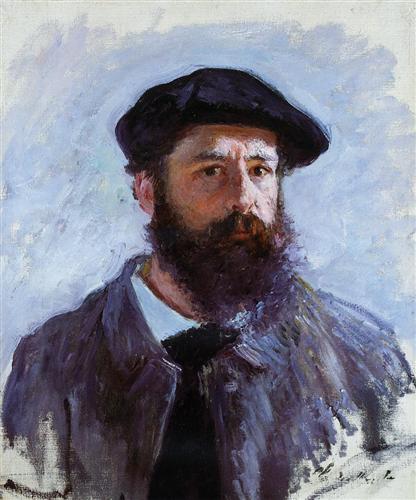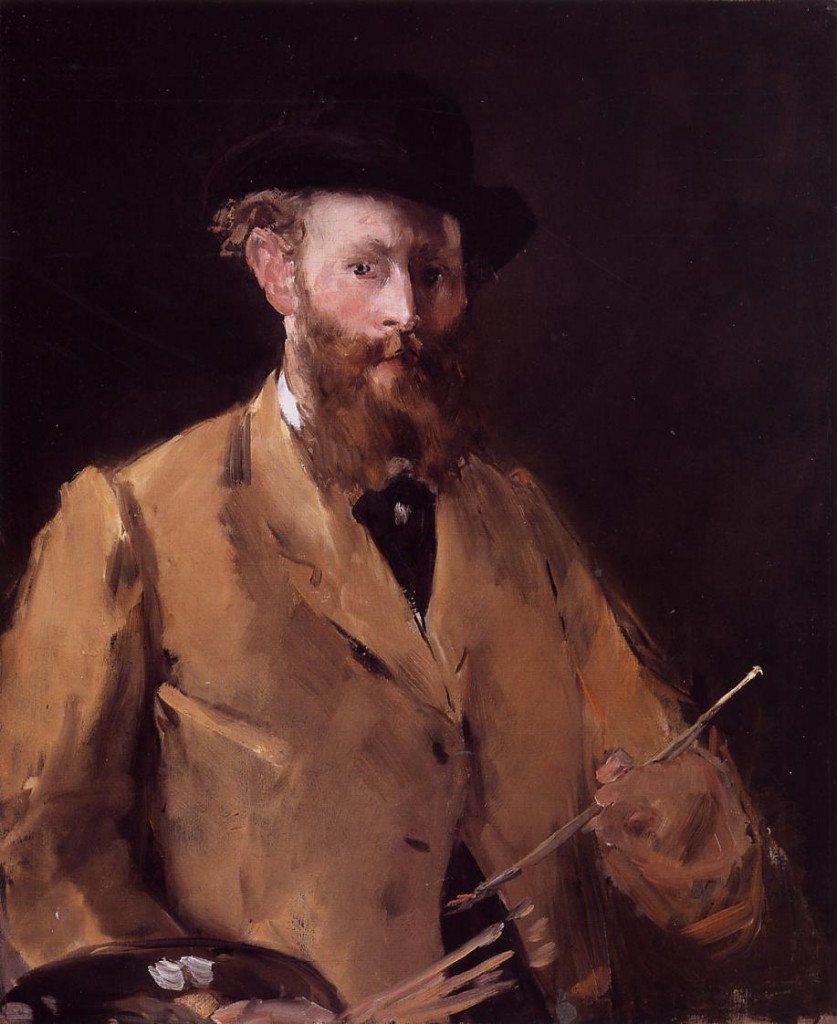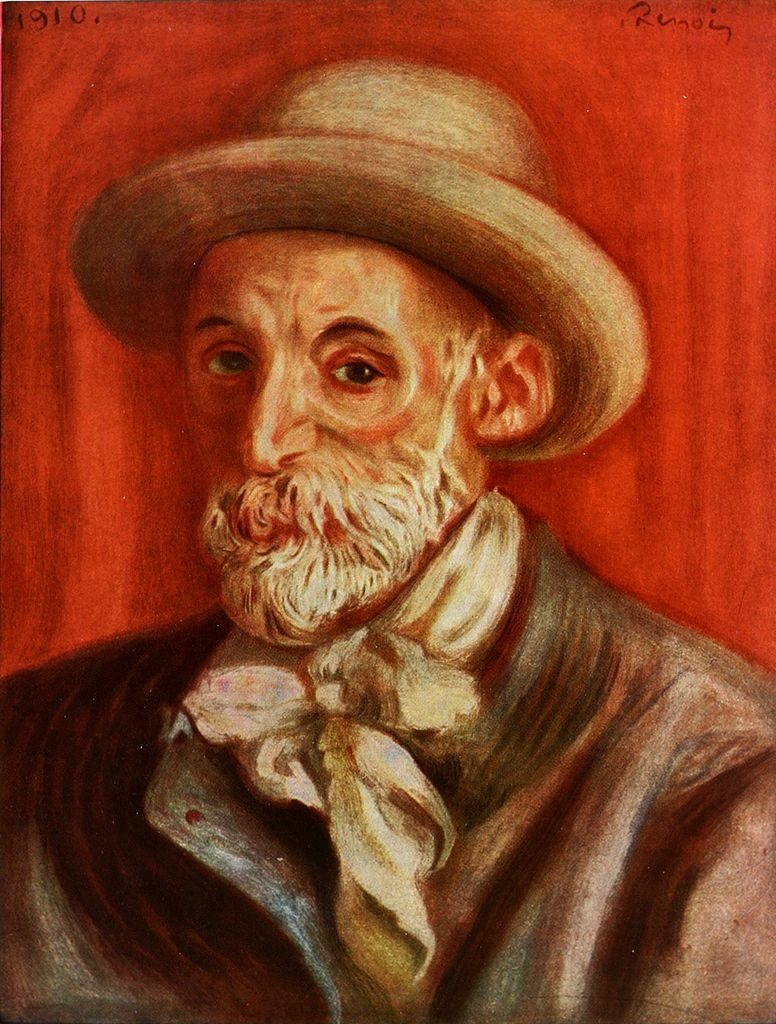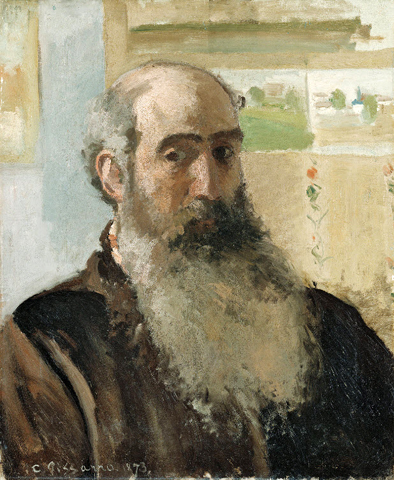By: Nayeli Medina and James Smith
Throughout time one thing that has been consistently coming with the years is change; perhaps one of the greatest innovations in history is the ever-changing art and the artists who bring it to existence, one of these being impressionism. Impressionism was introduced circa the 1870s, ending the Realist period, and introducing a different and unique style for artists to express themselves. The movement was lead by Claude Monet and included various artists who adopted this new style in order to depict the glorious effects of natural light. Most paintings that were completed in this method included landscapes, cityscapes and portraits. This new movement could not have been more incredibly powerful, popular, and irresistibly fascinating if it weren’t for these artists who worked hard to make it a part of arts history. (Note: they are in no special order.)

Claude Monet (1840-1926)
Claude Monet was one of the most influential impressionist artists of the 19th century. He was inspired by the Realists’ techniques in painting in the open air allowing them to capture the beauty of nature and its true essence. Monet began to develop a more original style and moved away from clear and linear paintings and grasped more of a bold and loose handed technique. This was a little out of hand since, at the time, paintings with structure and composition were in. He especially paid attention to the light and the earth as time passed and as he became older. Impressionism gained its name from a title of one of his paintings, Impression, sunrise or Impression, soleil levant. Another one of his most important works is a series that came from his devotion to present the French countryside in different times of day. His motivation gave art a new name and sparked something different and distinct among artists of the time.
Edouard Manet (1832-1883)
Edouard Manet took part in the shift from realism to impressionism, However, he wasn’t really proud of impressionism and preferred to be called a realist painter. He was incredibly successful at realism paintings, but eventually grasped much broader, “lazy” strokes and an impressionistic style that happened to influence many young artists. Manet’s canvases were composed of singers, street people and beggars along with nude paintings of women that were deemed dramatic and scandalous by the public. His followers began to see him as a hero who was willing to break and change the way society viewed certain aspects of art. This soon lead to the transition from realism to impressionism.
Pierre-Auguste Renoir (1841-1919)
Renoir was one of the most influential artists of the 20th century. Working alongside Monet, he managed to make impression a reality and was notably known for having a keen eye for light and shadows. However, he was a little more distinct than the rest of the painters on this list. He made sure to add light and shadows into his paintings, but still found it somewhat essential to have structure and formation. He, along with others that were a part of the impressionist movement such as, Monet, Pissarro, Cezanne and Degas, decided to create their own exhibit to show off their art in Paris. Although the exhibit may not have been a success, he still managed to create bonds with people that would support him throughout his lifetime. Despite being plagued by a variety of diseases, he was able to live long enough to see one of his paintings included into the Louvre, one of the biggest honors any artist could receive.
Edgar Degas (1834-1917)
Degas was considered a founder of impressionism. Although he didn’t agree with the statement, his art was capable of catching natural human movement and humanism in general as can be seen in his rendition of “dancers” and his nude paintings. It was almost as if he understood human nature in its truest existence. As a portraitist his paintings are well known for their psychological complexity and for their portrayal of man’s sense of isolation. Degas rejected the typical subjects that were made popular by the academies, such as scenes from history and myth, and instead he explored modern life.
Camille Pissarro (1830-1903)
Pissarro may be the most innovative of the artists among this list. He was a major developer of post and neo impressionism. This points majorly toward the fact that he studied alongside many masters in his life, including Renoir himself. Pioneering major changes in impressionism that would branch out the genre beyond belief, Pissarro was 54 when he created post and neo impressionism being called the “dean of impressionist painting.” Renoir exclaimed his passion for Pissarro’s art by calling it revolutionary. Taking into account Pissarro’s incomprehensible effect on art and the world of impressionist it would be no short statement to call him a true pioneer of impressionism and its art form.



